In search of inner light
The roots of Quietism
Spanish mysticism in the 16th century was quietism in the first stage of development.
We take this slightly adapted from the paper by Arthur Broekhuysen on Quietism, see link below.
In 1571, at the command of the apostolic commissioner, Teresa returned to the convent in Avila, now as prioress. Shortly thereafter she met, Juan de la Cruz, whom she kept as confessor for herself and her nuns. From then on she could talk about her inner experiences with him.
By this time she was already well-known as a saint in Spain. However there was resistance from the Carmelites of the old observation and even a trial before the Inquisition threatened. Fortunately the King put an end to it and the persecution stopped. The Pope acknowledged the convents founded by her as a separate congregation in 1580. Her writings were published for the first time in 1588.
Oratio mentalis
The basic idea which dominated her religious consciousness was that religiosity consists of conforming the human will to God's will. She considers the higher stages of contemplation as a supernatural life. The essence of "quietude" is understood by her in the same way as later on by Molinos.
The quietist idea that contemplation has a purifying effect on the soul and is an activity of God in the soul, has also been expressed by Teresa. The soul can no longer commit mortal sins provided that it does not become disloyal to God.
http://wisdomsgoldenrod.org/publications/misc/molinos_quietism.html
An account of the following book
To all sorts of Readers.
The Book that is here presented ye, is a Translation from the Italian Copy, Printed at Venice in 1685.
The first Man that got it, with difficulty, out of the Authour’s hands, and then had it Printed at Rome in 1675, with all the solemnity of approbations, was Fryer John of St. Mary, who styles himself Provincial; and he speaks very fine things of it, and he had so heartily read it over, that the impression which it made in his Mind, gave him the exact cue and knack of that sort of Language which the Author uses, when he throws himself headlong into darkness and obscurity.
And when this Man had recommended the Book to the sincere Reader, after his way; the next that appears to give a Grace to it, is no less a Man, than the Most Illustrious and most Reverend Lord, the Archbishop of Rhegium, who tells us how many great Offices in the Church he had pass’d through.
He says in his Approbation of the Book, that ‘tis a hard matter to make a judgement of it, without some experience of the things contained in it: And that how high soever the secret of it be above all humane Discourse, yet they are not only not contrary to the right dictates of Reason, but altogether conformable to it.
Which is as fitting a Preface to some things in the Book, as any man in the World could have made with the Study of Seven Years: First, to say that these sovereign Secrets, which the Book treats of, are above all human Discourse; and then in the very nextwords, to say they are conformable altogether to the dictates of Reason: as if the dictates of Reason and human Discourse had entered into a Combination never to come to a right understanding of one another.
Etc.
The spiritual guide: introduction
Introduction
The introduction of the Spiritual Guide is interesting on its own account, as shown in the excerpt below.
Books in the seventeenth century had to contain some kind of introduction that would convey a sense of justification. And of dilution of the liability in case of repressive action by the authorities. Printing was a rather dangerous job in those days.
It is not a coincidence that the book was printed in Venice which enjoyed rather less censorship as compared to the Papal States, which still existed in the seventeenth century.
The spiritual guide
The spiritual guide which disentangles the soul, and brings it by the inward way to the getting of perfect contemplation and the rich treasure of internal peace.
Such is the full title of the one important book by Miguel Molinos.
The English translation was published in London, in 1688, and is a translation of an Italian edition published in Venice, in 1685.
The English translation has the author as “Dr. Michael de Molinos”.
-
Rome 1691
A man whose name we will never know sits down and looks back on his career, mostly dedicated to the Holy Roman Inquisition.
-
The garrot, Goya
His main commitment was the trial and subsequent conviction of Miguel Molinos, a Spanish priest who lived in Rome.
-
Auto da fe
The Italian Inquisition is considerd to be 'softer' than its Spanish equivalent. Molinos was not burnt or otherwise executes but served a life sentence.
The last heresiarch
- 27. jan, 2013
-
Miguel Molinos
We have started to publish, in Dutch and on the web a long-cherished novel. I wrote it during the nineties.
It was turned down by all the major Dutch publishers, but I have always kept it around.
I am very glad I can share it now with those who are able to read it.
I hope it will be translated in English one day, so I can share with a much larger audience.
Joseph Blanco-White
Joseph Blanco White, Spanish theologian and poet, was born in Seville, Spain, as José María Blanco Crespo on 11 July 1775 from Irish ancestry, the son of an English vice-consul during the reign of Fernando VI.
White was educated for the Roman Catholic priesthood but, after his ordination in 1800, religious doubts led him to escape from Spain to England (1810). There he ultimately entered the Anglican Church, having studied theology at Oxford. He died a Unitarian in Liverpool, and on 20 May 1841.
Source: Wikipedia
To NIght
Thee from report divine, and heard thy name,
Did he not tremble for this lovely frame,
This glorious canopy of light and blue?
Yet ’neath a curtain of translucent dew,
Bathed in the rays of the great setting flame,
Hesperus with the host of heaven came,
And lo! Creation widened in man’s view.
Who could have thought such darkness lay concealed
Within thy beams, O sun! or who could find,
Whilst fly and leaf and insect stood revealed,
That to such countless orbs thou mad’st us blind!
Why do we then shun death with anxious strife?
If Light can thus deceive, wherefore not Life?
Meditation
Meditation saved my life, and made it more interesting.
It is an ubiquitous resource, altogether totally free of cost, and it requires only a few minutes of your time, every day or so.
All you require is some privacy, or at the least a sense of being in your own space, and then you let go for a while.
Try it and you will get nearer and nearer to your true self. That is what it's all about. If you find it hard you might take a few lessions on relaxation and breathing techniques.
No strings attached, no sects involved. No need for signing a creed or pay anything at all.
Just be yourself for a few minutes every day. Enjoy being there and now and float around on a million thoughts, none of which seems to be more important than any other.
Andy Puddicombe
Interesting and well delivered speech on meditation.
Worth viewing. Thanks to Luc Georges, New York for sharing the link.
http://www.ted.com/talks/andy_puddicombe_all_it_takes_is_10_mindful_minutes.html
The world's first automobile
Probably the first automotive vehicle ever was designed by this man: Ferdinand Verbiest s.i. (9 October 1623 – 28 January 1688) a Flemish Jesuit missionary in seventeenth century China, during the Qing dynasty. He was born in Pittem, Flanders, later part of the modern state of Belgium.
He is known as Nan Huairen in Chinese.
He had many more amazing gifts as an astronomer, a mathematician, a translator, an inventor, (of artillery among other things.)


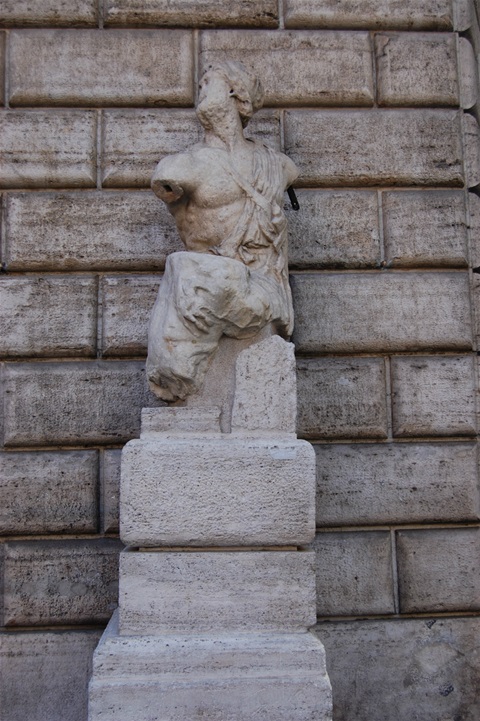


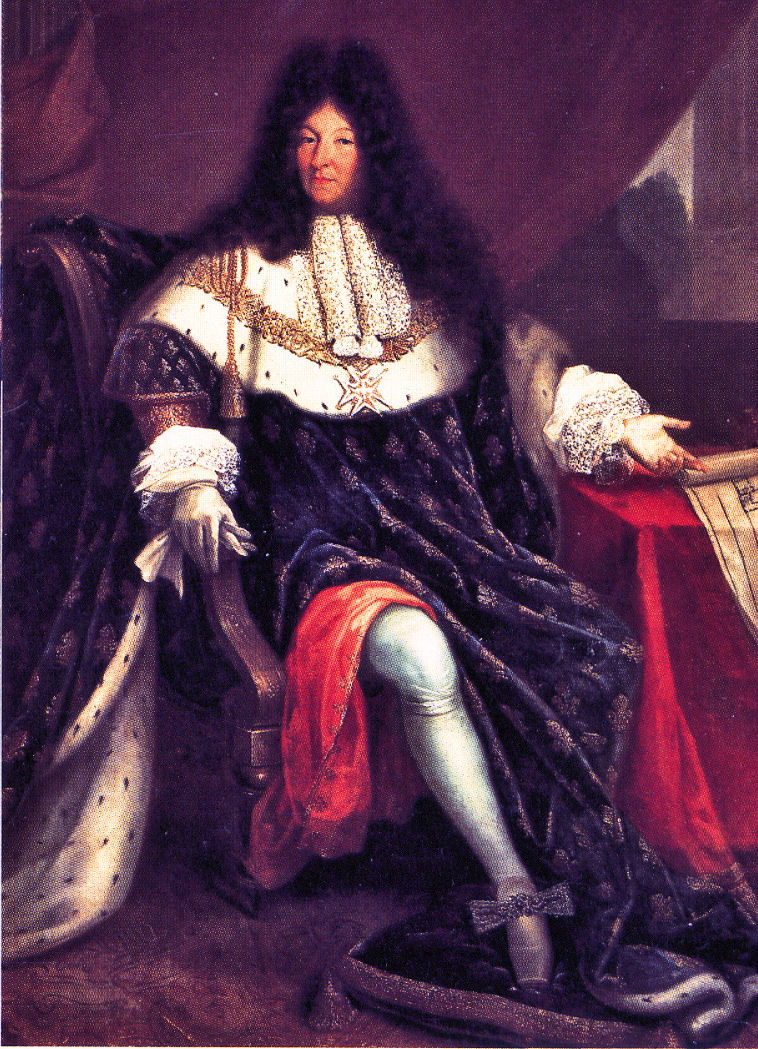
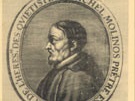

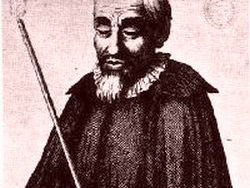
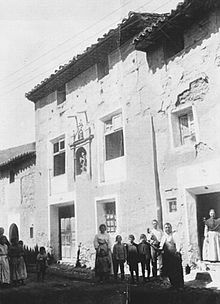

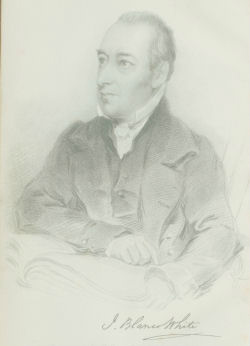
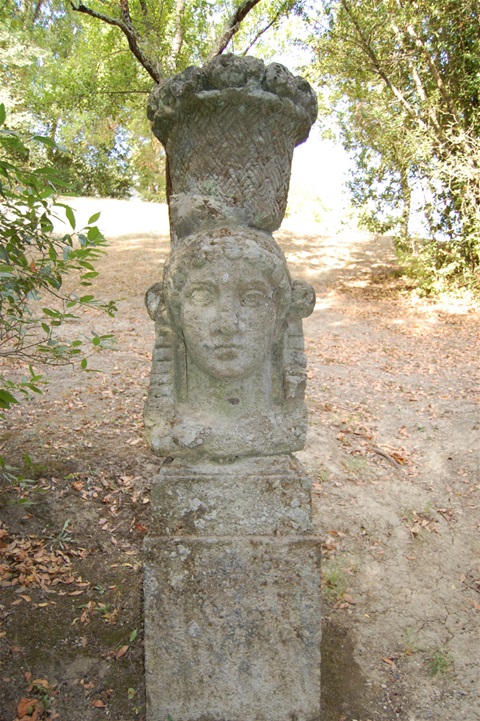
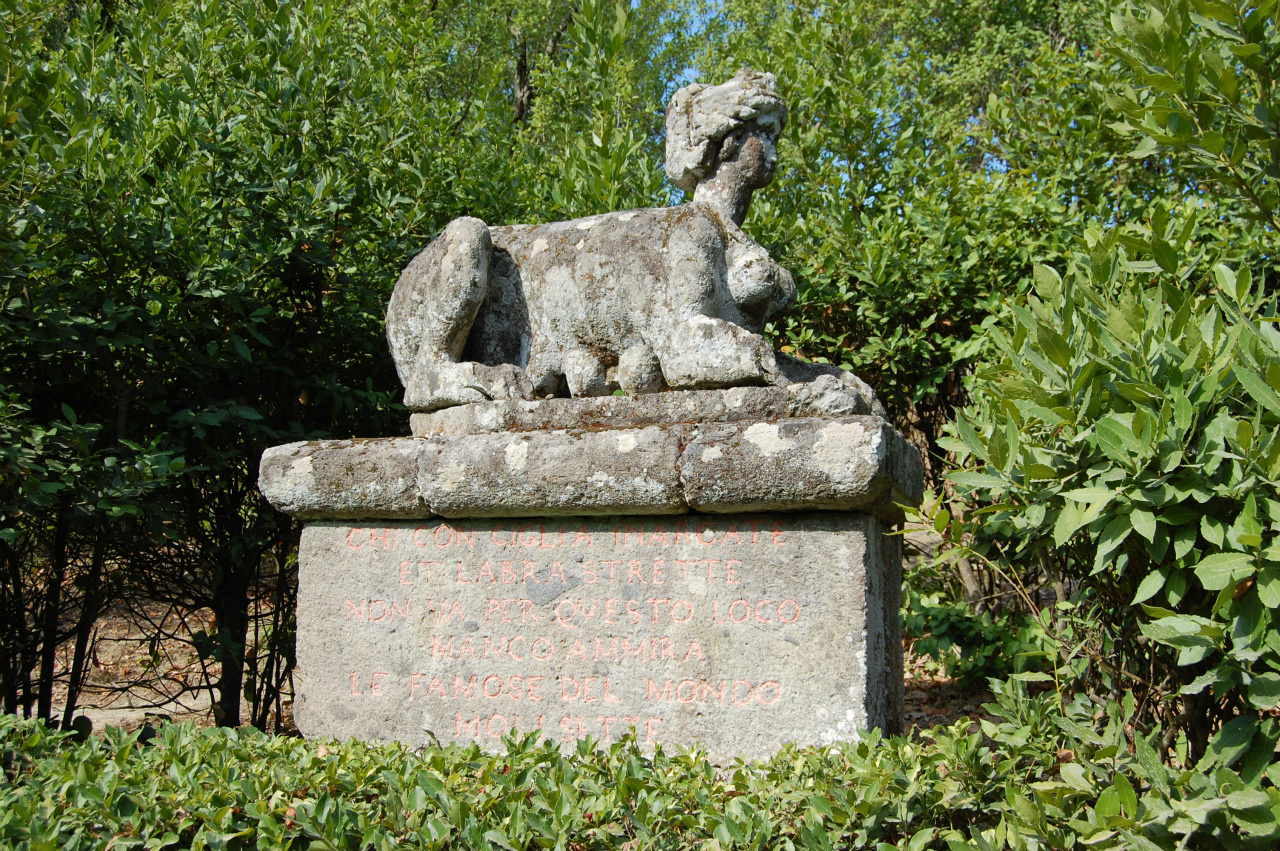
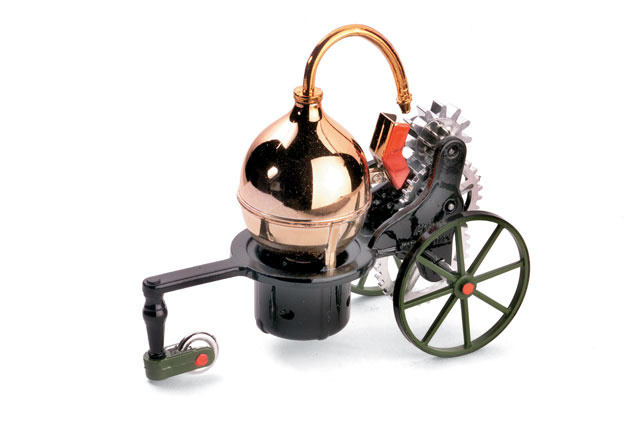

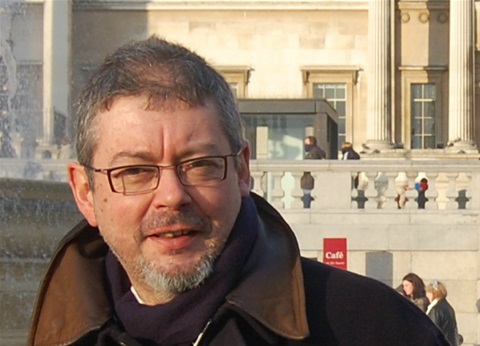
Meest recente commentaren